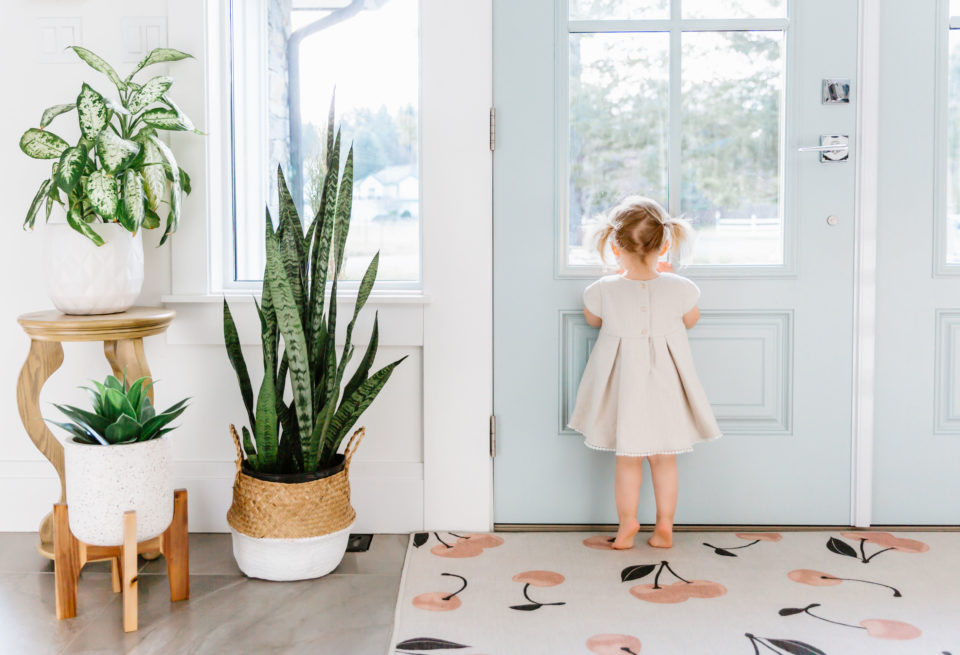
As the spring season rolls in, we’re reminded again of the need to clean, declutter, and refresh our homes and surroundings. Whether it’s donating unused things, switching out winter decor with spring’s brighter colors, or simply dusting off forgotten nooks and crannies in our homes, spring cleaning means different things to different people.
One thing we don’t always talk about around this time is disinfecting our homes. While this is not necessarily a seasonal activity (on the contrary, something that must be done regularly), there’s no better time to talk about this than now.
Here we asked the experts on how to disinfect our homes properly—and efficiently.
DO: Clean before you disinfect.
Cleaning and disinfecting may seem interchangeable, but they’re actually two different things, and the distinction could mean the difference between getting sick and not.
According to the Center for Disease Control (CDC), cleaning involves removing germs, dirt, and impurities from surfaces. While it does reduce the risk of spreading viruses and bacteria, cleaning alone does not kill disease-causing microorganisms. Disinfecting, on the other hand, refers to using specific chemicals to kill germs or microbial pathogens on surfaces, making it more effective at reducing the spread of infection.
As a general rule, before you disinfect any surface, clean the surface first with a household detergent or soap and water.
DON’T: Have a One-Size-Fits-All Approach When Buying Disinfectants
“Different chemicals are designed to attack different soils,” explains Martin Myung, Director of Housekeeping of an LA-based hotel. “There is no one-size-fits-all when it comes to chemical cleaners. Pick the cleaner that will work for what you need to clean and ensure it is safe for the surface you are cleaning on.”
For routine cleaning and disinfecting, household cleaners and EPA-registered disinfectants are generally deemed effective at disinfecting surfaces—provided that you use them according to their specific instructions.
Tip: For hard surfaces, Mary Cherry of Evie’s Cleaning Company recommends choosing a cleaner with a neutral pH to protect surfaces that are made of wood, stone, or laminate. For soft surfaces, machine-wash any rugs, furniture covers, blankets or other items that are machine washable. For upholstered surfaces, follow the manufacturer label.
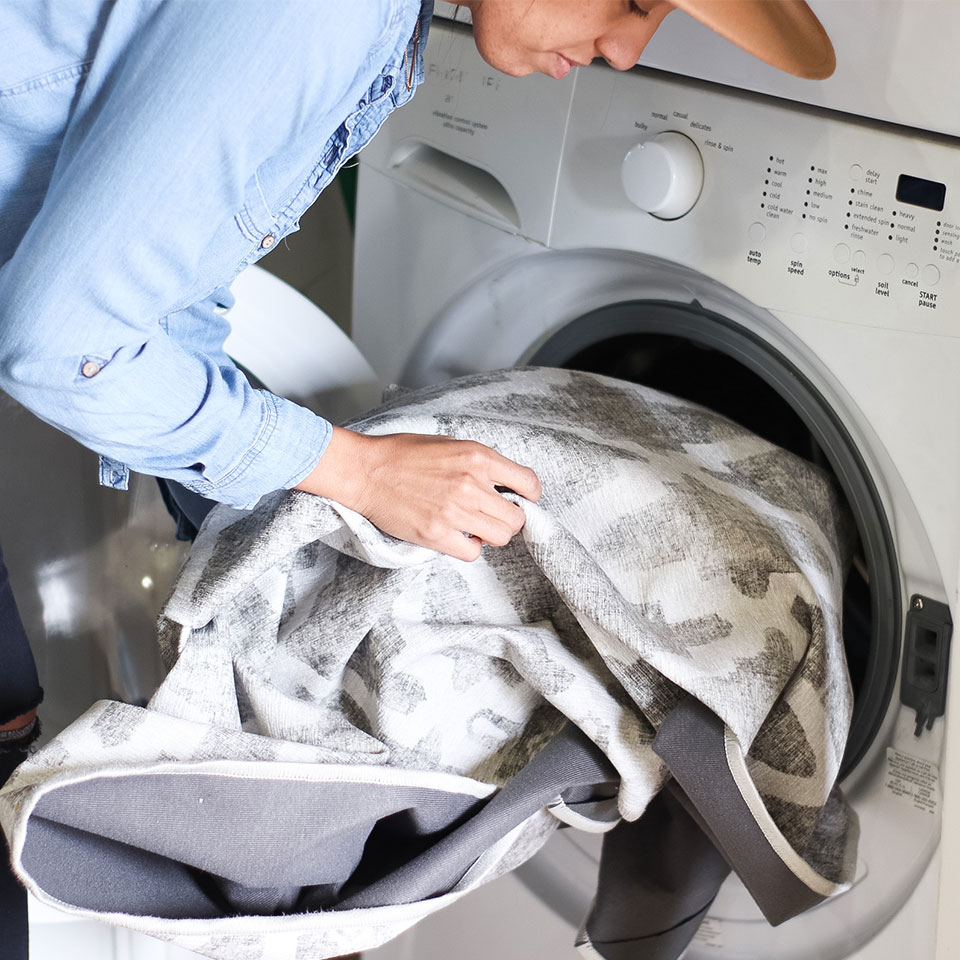
DO: Pay Attention to Dwell Time
“Dwell time is the length of time that the surface needs to be visibly wet in order to kill bacteria before the disinfectant is wiped off,” says Martin. “Some brands don’t specify a dwell time, but their directions on how to use the product should include that.”
As dwell time varies by product, it’s important to check your product’s label before using it. Another thing to check for is whether your product needs to be rinsed as “a lot of disinfectants need to be rinsed after the proper contact time,” adds Mary.
DON’T: Forget to Protect Yourself
Bleach is one of the most effective disinfectants available in the market. But as effective as bleach is for disinfecting surfaces, bleach can also irritate your nose, skin, and airway. If you are using bleach, make sure to ventilate your cleaning area and wear protective clothing like gloves or mask.
For those who prefer not to use bleach, Martin says there are other effective alternatives that are less toxic, like hydrogen peroxide-based disinfectants and 70% isopropyl alcohol.
DO: Prioritize High-Contact Surfaces
According to Martin, not everything in your house needs to be cleaned and disinfected daily or even weekly. “Trying to disinfect your entire house will end up being costly and a waste of resources and money,” he says.
For starters, focus on areas and surfaces that are touched frequently in the home by multiple family members: Refrigerator handles, cabinet pulls, the buttons on the washing machine, dryer, remote controls, computer keyboards, doorknobs, faucet handles, toilet flange, keys, and light switches. “Any place in the home that is touched frequently is going to have germs and bacteria from hands,” says Mary.
“Also prioritize areas in your house where mold, mildew, and bacteria are likely to thrive,” adds Martin. “This means your kitchen floors near the sink and stove, kitchen countertops, shower walls, and drains, etc.”
As for porous items such as clothing, bedding, and towels, experts recommend washing on sanitize or hot cycle in the washing machine.
DON’T: Rush the Process
As we mentioned above, always follow the instructions written on your disinfectant’s label. For the toughest soils, Martin recommends the following steps:
- Spray. Generously spray the appropriate chemical to the soiled area.
- Spread. Spread the chemical around so that it covers all areas of the soiled surface.
- Stay. Let the chemical stay and work on the soil. All disinfectant cleaners need time to work and allow it the time it needs.
- Scrub. Scrub the soiled area with an appropriate tool.
- Rinse. Rinse away the soil and chemical with water or use paper towels.
- Dry. Use rags or old towels to dry the area.
Remember that any surface can be re-contaminated after being disinfected, so try to do this as regularly as possible.
DO: Follow the CDC Guidelines When Someone Is Sick
Most experts agree that cleaning and disinfecting should be done as often and frequently as one feels comfortable with. However, if you have young children, pets, elderly, or sick individuals living at home, you might need to increase this frequency to mitigate the spread of germs and disease. When in doubt, always refer to the CDC guidelines.


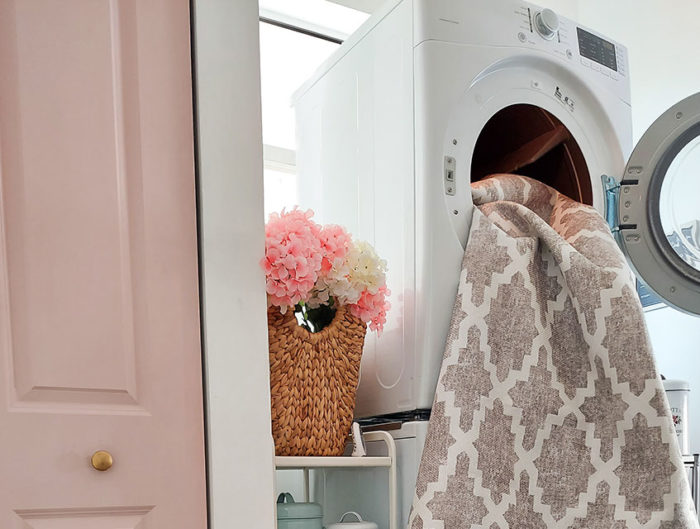
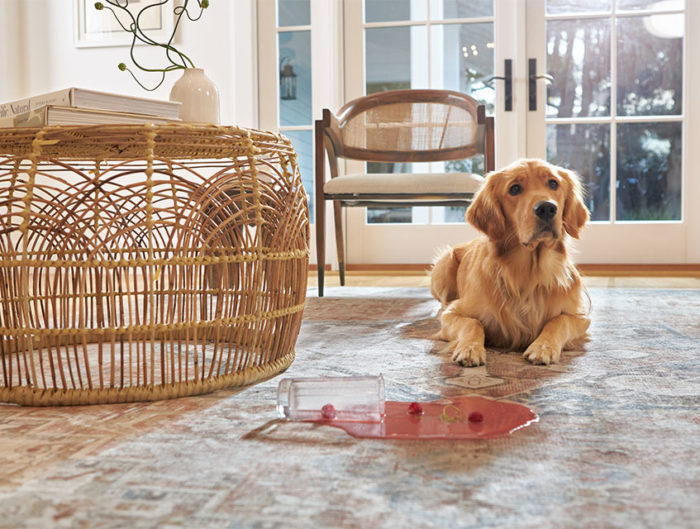
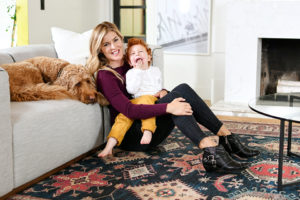

Leave A Reply